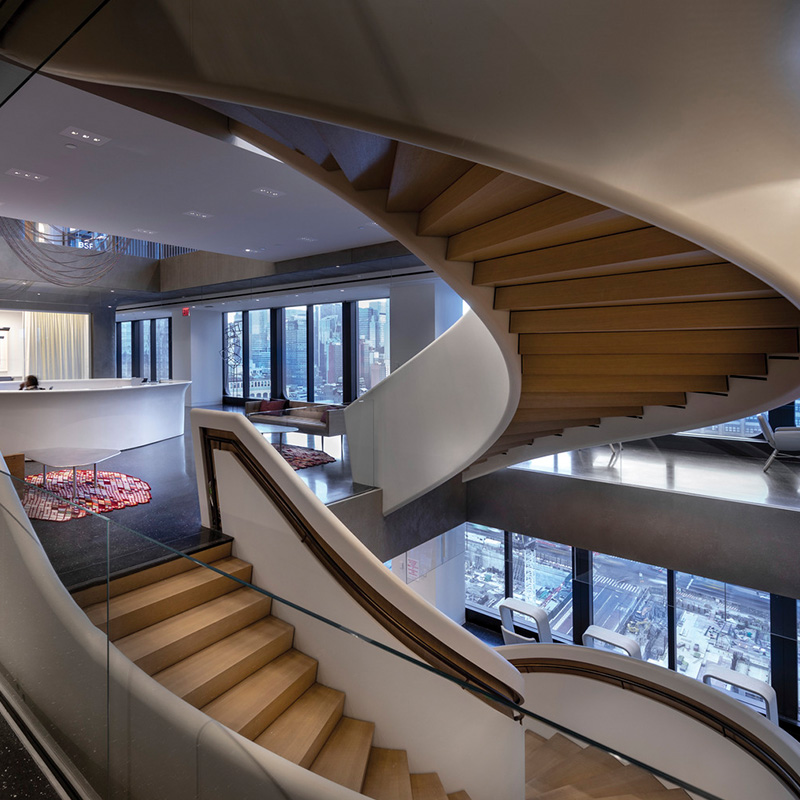Construction robots have been around since the 1960s. In the 1970s and 1980s, Japanese companies such as the Shimizu Corporation, Obayashi Corporation, and Takenaka Corporation created robots and remote-controlled machines for excavating, material handling, concrete placing, finishing, fireproofing, earthworks, rebar placing, and other construction tasks. However, the overall robotization of the industry has been slow.
Have you considered the significance of a product’s bar code when you shop at a supermarket?
The 50-year-old invention contains a standardized product number essential to the operation of the whole value chain: the retail store, the distribution center, the transportation company, the warehouse, the vendor, and the producer.
In recent years, there has been a significant increase in the construction of outpatient healthcare facilities. Informed patients seek quality, choice, and convenience, and they are finding that outpatient specialty clinics can provide high quality care at low prices than hospital care – often right in their own neighborhoods.
Construction sites are known for their excessive water usage and generation of liquid waste, both of which have a negative impact on the environment. Despite the importance of efficient water management, it is often overshadowed by the focus on carbon emissions reduction in construction. This is partly due to the fact that water-related issues tend to be more localized and may not have as immediate a global impact as climate change. Additionally, there may be a lack of awareness and understanding of the importance of efficient water management in the construction industry.
The office market has slowed but the demand for more urban housing only continues to rise. A possible solution? Converting office to residential. In a recent episode of STO Building Group’s Building Conversations podcast, Brooks McDaniel, STOBG’s senior vice president of building repositioning, speaks with Dan Shannon, commercial design leader and managing partner at architecture firm MdeAS, about the wave of office to residential conversions in New York City. Here is an excerpt of their conversation.
“The best air quality in the world.” “The world’s first National Park City.” “A zero carbon, zero waste city.”
Those are just some of the bold goals London Mayor Sadiq Khan announced in 2018 as part of the city’s plan to make London a world leader in sustainability. As he put it at the time, “My aspiration is to help turn London into a zero carbon city by 2050. And I’m committed to working with national government, local boroughs, London’s businesses, NGOs, our European neighbours, and individual Londoners to achieve this goal.”
Building green isn’t just a trend—it’s a responsibility. In 2021, several STOBG companies signed on to the Contractor’s Commitment, a pledge created by contractors for contractors, to set sustainability targets and measure their progress—divided into Good, Better, or Best tiers. Over the last two years, those early signatories were able to provide valuable input to make the Commitment even stronger and more impactful.
It’s Hurricane Season, and we know that the best time to prepare for a storm is before it’s even in the forecast.
Marc Reeves, Ajax Building Company’s Florida-based director of safety and risk management, offers the following tips on keeping the flow of communication going if a storm is on the way.
There is a growing focus on environmental, social, and governance (ESG) issues in the built environment. From a company’s carbon footprint and waste management practices, to its interactions with its stakeholders and communities, to its internal policies, procedures, and decision-making processes, consumers are increasingly considering what a company stands for rather than simply what services it provides.
Building an office for a law firm is not your typical construction project. These projects present a unique set of challenges, and having a deep understanding of the needs of law firms is crucial when constructing an office. So when Akin Gump and Baker Hostetler, two of the nation’s leading law firms, were each looking for a new office space at 1735 Market Street in Philadelphia, they turned to Structure Tone. Not only does Structure Tone have a strong track record of working with law firms, but the company has also worked on over 20 different floors at that address alone.
As our world becomes unpredictably hotter due to climate change caused by carbon emissions, governments and organizations are taking increasingly bolder actions to curb and mitigate associated risks. One fascinating emergence from this past summer has been the emergence of Chief Heat Officers (CHO).
Automatic Construction, an NYC startup, was one of eight 2022 Construction Startup Competition winners. Alex Bell, the co-founder, presented the company’s concrete building solution at the competition’s Pitchday in October 2022.
